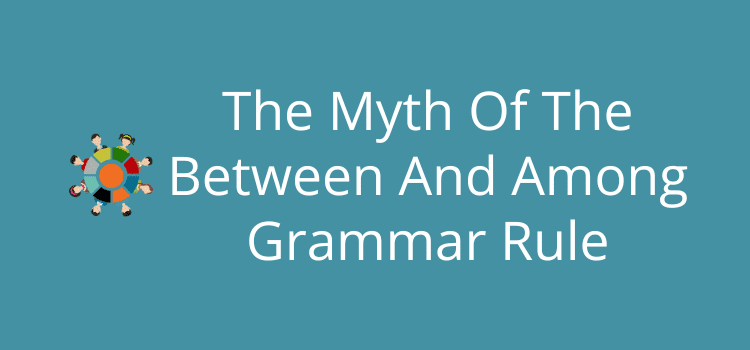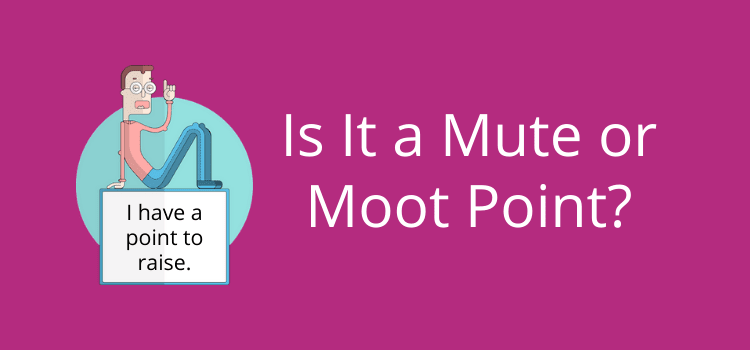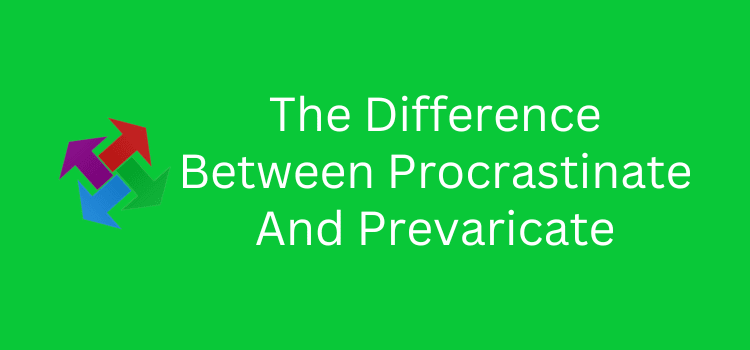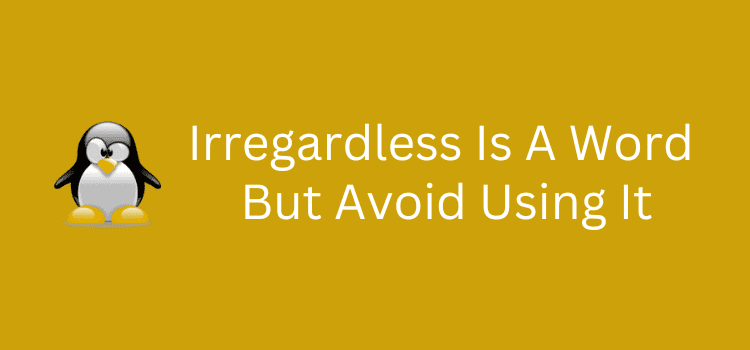
It’s a common misconception that the prepositions between and among have a simple usage rule.
The general rule says that you use between for two items and among for three or more.
However, this is a myth and is not true at all. The distinction between the two words is more complex and depends on the relationship you are expressing between connected items.
In many cases, it’s quite possible to use between for more than two things and among when referring to only two items.
The myth of the between and among rule
The simplistic rule is probably something we learned at school and has remained stuck in our brains.
For example, the standard rule would say we use between two friends or among friends.
The first example refers to the specific relationship between two people.
In the second, we refer to the group of friends as a whole.
However, if the relationship refers to more than two individual people or things within a group, we can use between instead of among.
Secrets between my friends and myself are always safe. (More than two items)
Who is my best friend? It’s hard to choose between Mary, Cath, Lynne, and Kim. (Four people.)
However, among is correct when there is no specific division or relationship.
Among all my friends, Mary, Cath, Lynne, and Kim are probably my favorites. (There are many more friends that are not on the list.)
You can see that there is more to the rule than you might have thought.
When do you use between?

Generally, we use between to indicate a one-to-one relationship with two or more separate and distinct things or people.
Unlike the simple rule, it is true and correct if there are two or more items. For example:
The lottery prize money was divided between the four winners.
A compromise was agreed between the two managers.
The secondary colors are between the primary colors of the spectrum.
What are the directions called between the main points of the compass?
Each of these examples has a clear one-to-one relationship between the items involved.
The prize money was divided between four people, and two managers agreed.
But in the last two examples, there is no defined number.
However, you assume that people know that there are three primary colors and four main compass directions.
We also use between to describe spatial concepts where someone or something is in the middle of a space.
I’m lucky to live between the sea and a river, so there is always a fresh breeze.
Look, there’s a fox between the pine trees!
From these few examples, you can see that the simple rule of the preposition between applying to only two people or things is not true.
When do you use among?

We use among, for the most part, to indicate a nonspecific relationship between three or more items or a nonspecific number.
It is often the case when the items are seen as a group or collective. For example:
I’m always at my happiest when among family and good friends.
Among the most popular tourist attractions in Paris are the Eiffel Tower and the Notre Dame.
There is a growing awareness among the public about the downsides of social media.
These examples do not refer to any specific relationships between the items involved.
Family, friends, and the public are classifiable groups, and there are many more tourist attractions in Paris.
But can you use among when there are only two items?
In academic or other forms of formal writing, referring to two items that are part of a larger group is possible.
The two scientists were working on the same project, and they were collaborating closely among themselves.
Two candidates are highly qualified, and there is a clear difference among them in terms of experience.
In these two instances, they infer that the project may have involved more people, and the two candidates stood out from a long list.
The variations amongst and betwixt
Amongst means precisely the same as among but is more common in British English than in US English.
You also see it more frequently in legal documents or academic and scientific writing as it has a perceived formal tone similar to two other words: whilst and amidst.
But in most forms of writing, among is the preferred choice.
As for betwixt, it is a synonym of between and is such a lovely word when it rolls off your tongue.
But we rarely use it now in modern English.
The only time you might see it is in the fixed expression, to be betwixt and between.
You can use it to say that something is not fully or properly either of two things.
I’ve got two great job offers, but I’m betwixt and between about which one to accept.
In this example, it refers to the decision that has yet to be made, which is incomplete for either choice.
Summary
Choosing either the preposition between or among can sometimes be subtle.
The most important deciding factor is to think about the relationship between things or people.
If two or more items are separate and distinct and have a definite relationship, then between is the right choice.
However, when items are a group or collective with no interconnected relationship, the correct word is among.
The notion that between is for only two and among is for many is a grammar myth.
Related Reading: As Well As Is Not Always The Same As And In A List



